This is an Italian sweet pie crust known as pasta frolla. Perfect for making ricotta pie, crostata and galette. It is a simple and rich dough used in many traditional recipes that can be made ahead as it freezes wonderfully!
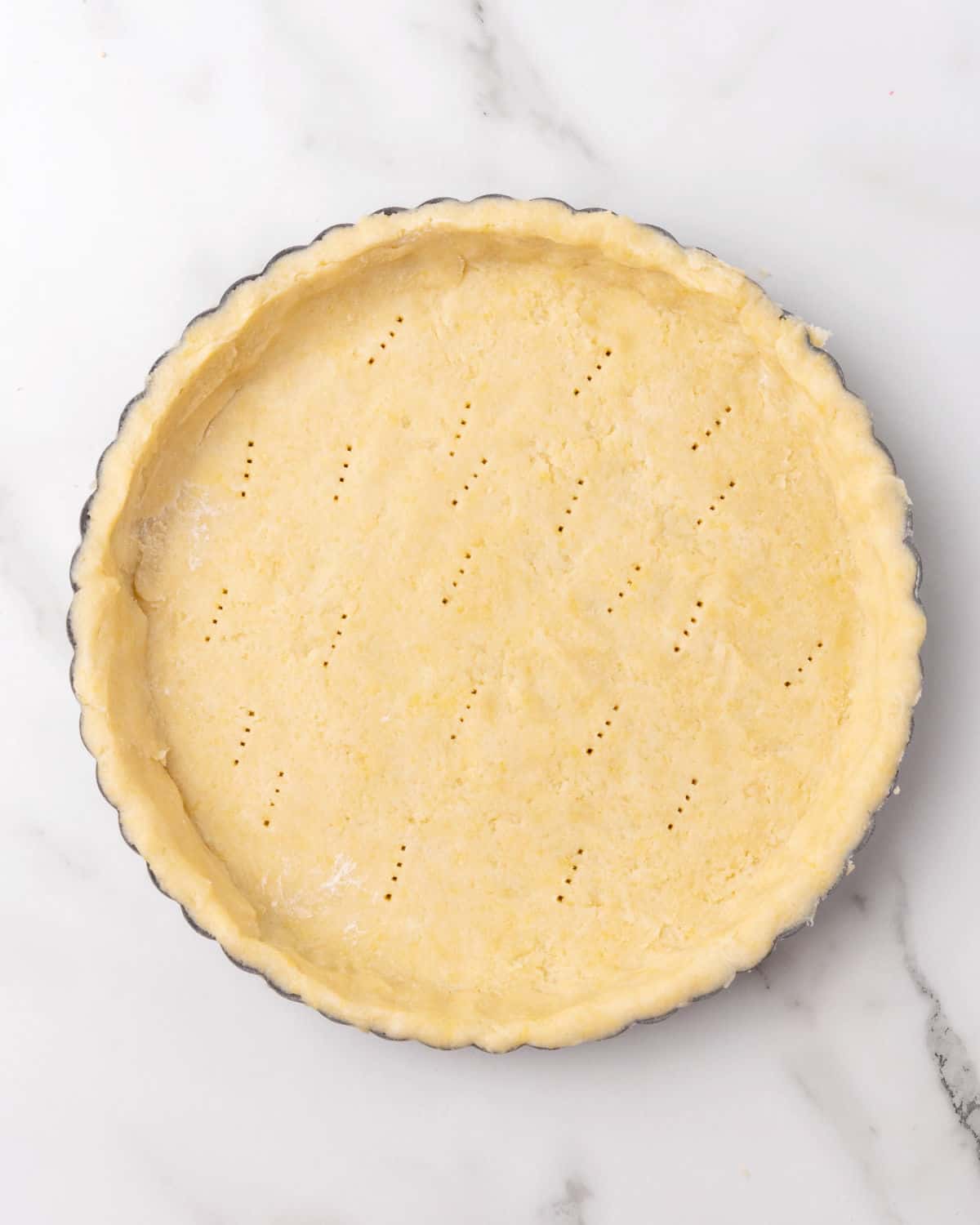
Sweet pie dough
I use this pie crust recipe a lot. So much so that I decided it deserved its own post.
It resembles other dough recipes, like our favorite sweet shortcrust pastry, with details that make it unique, like using baking powder.
Some call it crostata dough and galette crust, as it's an excellent base for those desserts. You have already seen it in this blog in the very popular lemon ricotta pie and the fig crostata (that also features my mom's homemade fig jam!).
It's so versatile that it's also found in some savory dishes like this savory ricotta pie.
Ingredient Notes
Quantities are listed on the recipe card towards the end of this post. The Ingredients page has more details and lists the brands we use.
- Eggs. Fresh, large, grade A whenever possible. The extra egg yolk makes it wonderfully rich and more crunchy.
- Flour. All-purpose flour always works well, and cake flour for a softer, finer dough.
- Baking powder: make sure it's active. It's an unexpected ingredient that gives it a kind of spongy, sugar cookie texture. That's why I love it for crostatas. You can omit it; you'll still have a rich sweet pie crust.
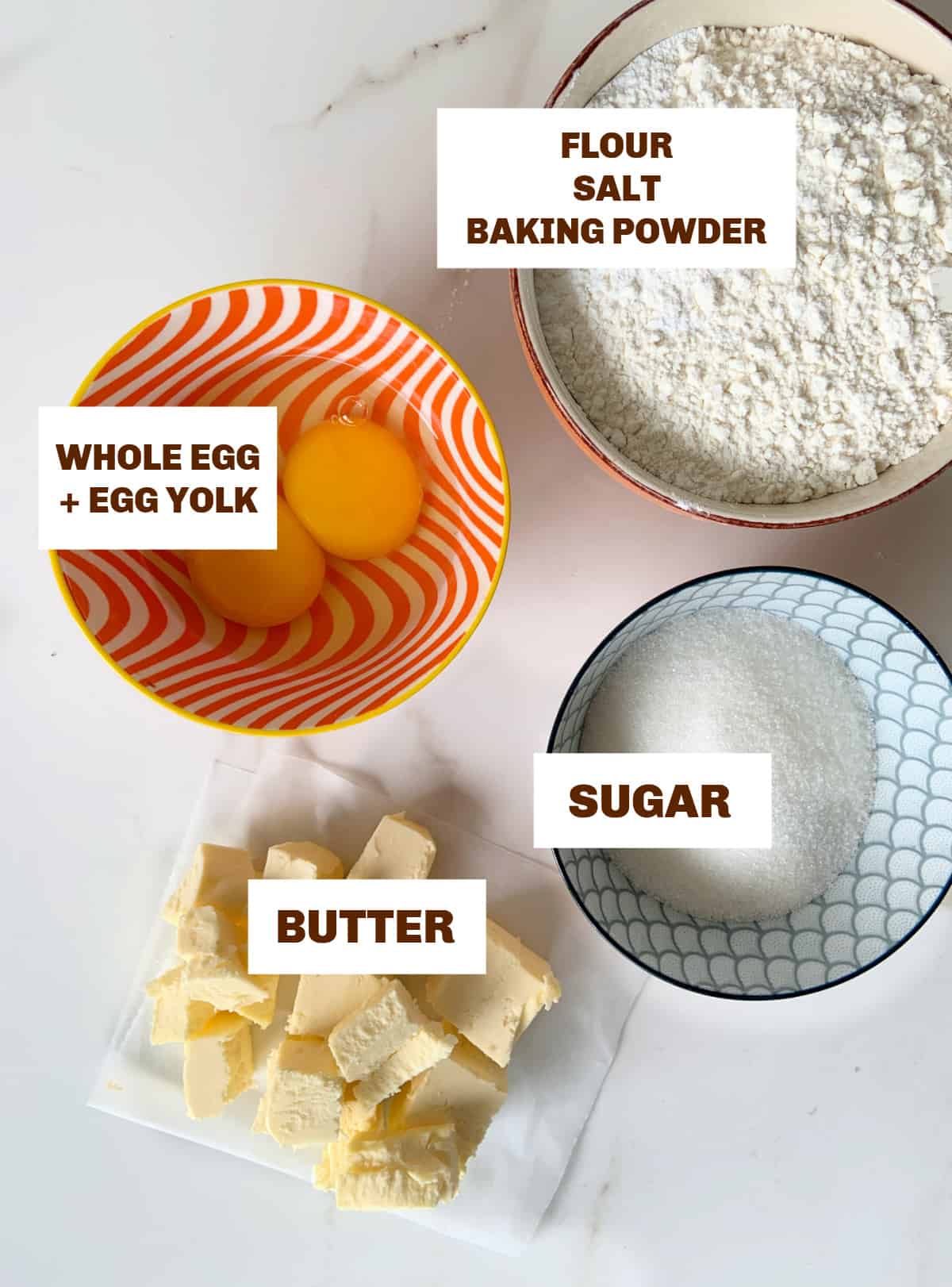
Top Tips
- Butter, have it cold and in pieces. This is very important so it mixes a bit with the flour but is not completely incorporated into it. Some pieces of butter the size of peas should remain to ensure flakiness when baked. I use a food processor for this part, but you can easily make it in a bowl with a dough cutter or use your hands, always being careful not to overwork the butter and heating it up too much (due to warm hands). If that happens, return the bowl as is to the fridge for 10 minutes, and then continue.
- Don't overwork the dough after adding the flour. This is a critical step if you want a tender, light dough. Once the flour is added, don't overwork it, it doesn't need to be kneaded. It needs to be mixed until there are no visible streaks of flour.
- Always let it rest in the fridge before rolling it. This step is absolutely essential. Even if you didn't work it much when assembling it, the dough will have developed some gluten (great for bread for example but not for doughs), so it needs to relax in the cold refrigerator before it is rolled. Otherwise, it will be difficult to stretch and too elastic, making it shrink as it bakes and be tough.
Steps to make pasta frolla
In the food processor:
I like making this sweet Italian crust in the processor because it's easy and fast.
- You put the dry ingredients and add the cold butter cubes.
- Process until the butter pieces are the size of peas or small beans, though it will be irregular and add egg and yolk.
- Pulse with on/off just until it starts to come together. Don't overprocess the dough, this is key so that it doesn't end up being tough after it's baked. It doesn't need to become a ball, just a crumbly mass.
- You know it's ready when you grab some of it, squeeze it in your palm, and it comes together without crumbling.
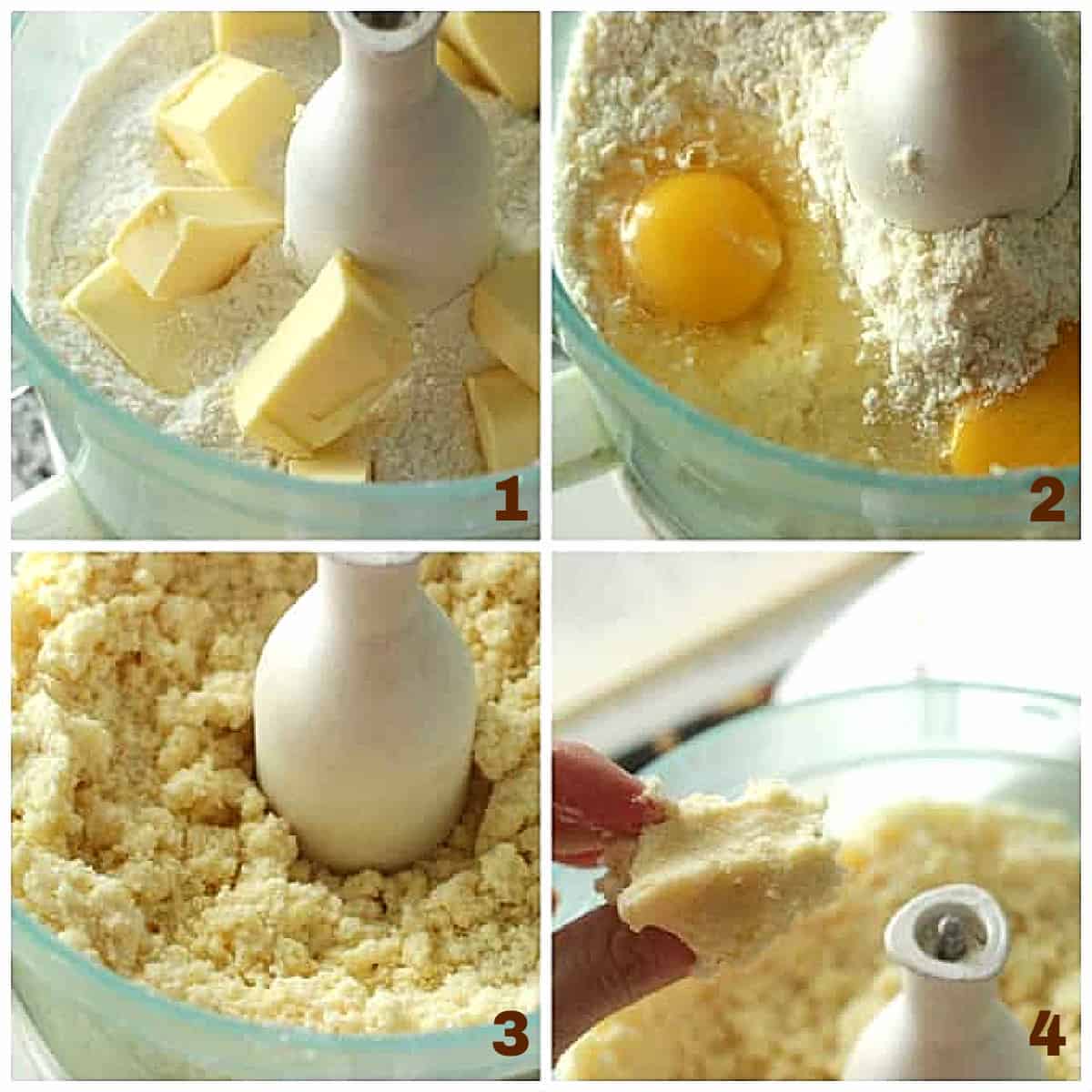
Pie dough by hand:
I also love making it from scratch with my hands. It's like going to flour therapy.
Step-by-step VIDEO
Resting and rolling the dough
Refrigerating: as with most crusts (there are exceptions like this Cherry Tart), pie doughs need to be refrigerated before use. They need to relax so that they can be rolled out properly without shrinking.
Wrap it well and refrigerate for 1 hour before using.
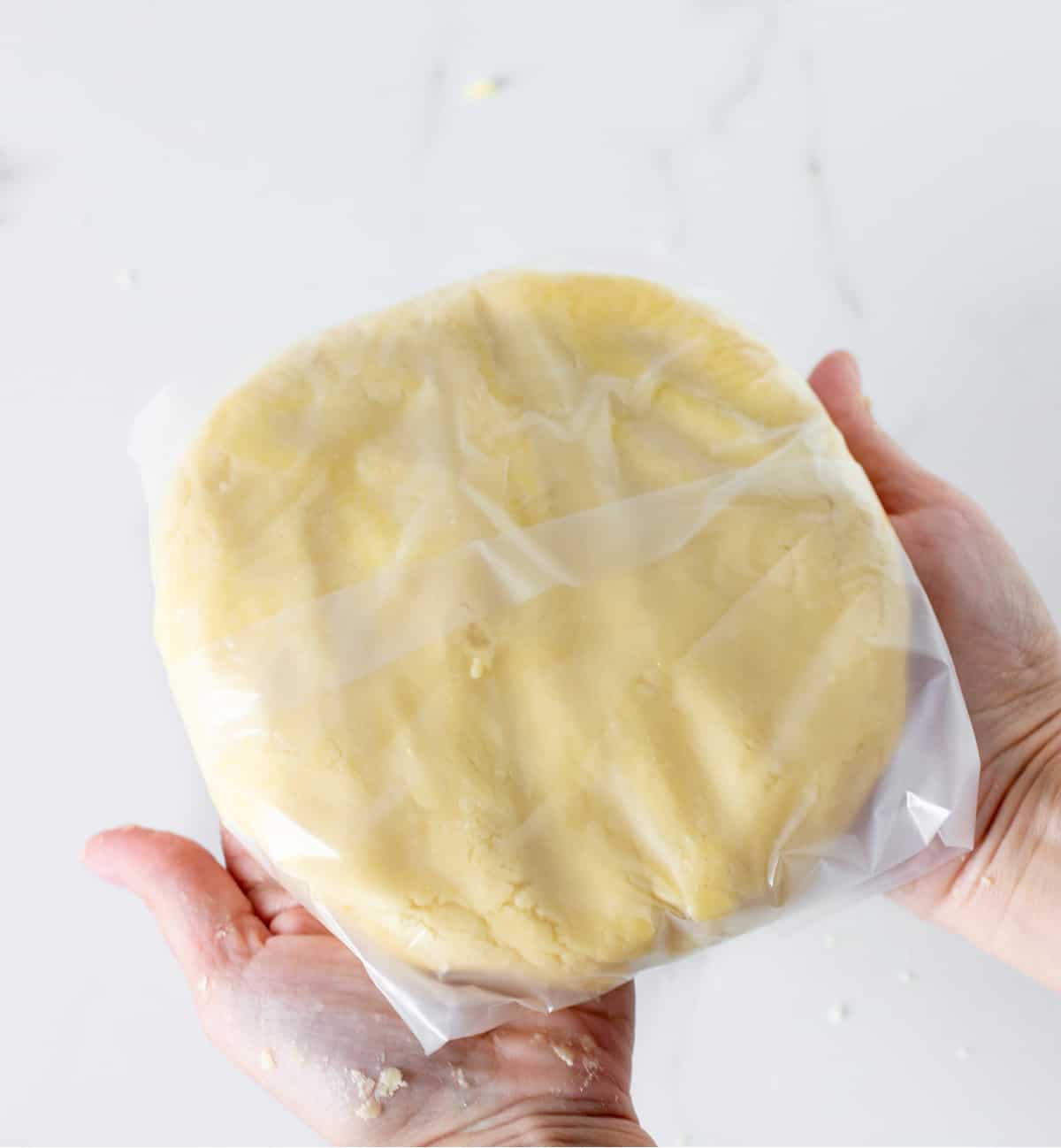
Rolling pie crust
Always roll cold dough.
Even if you think it's too cold and needs to be at room temperature until it becomes pliable, check it often while you're waiting for it to be ready.
Start rolling it as cold as you can; it will soften quickly. You don't want the butter to start softening too much because it will make the final crust tougher. We don't want that.
Here's a short video about How to Roll Pie Crust.
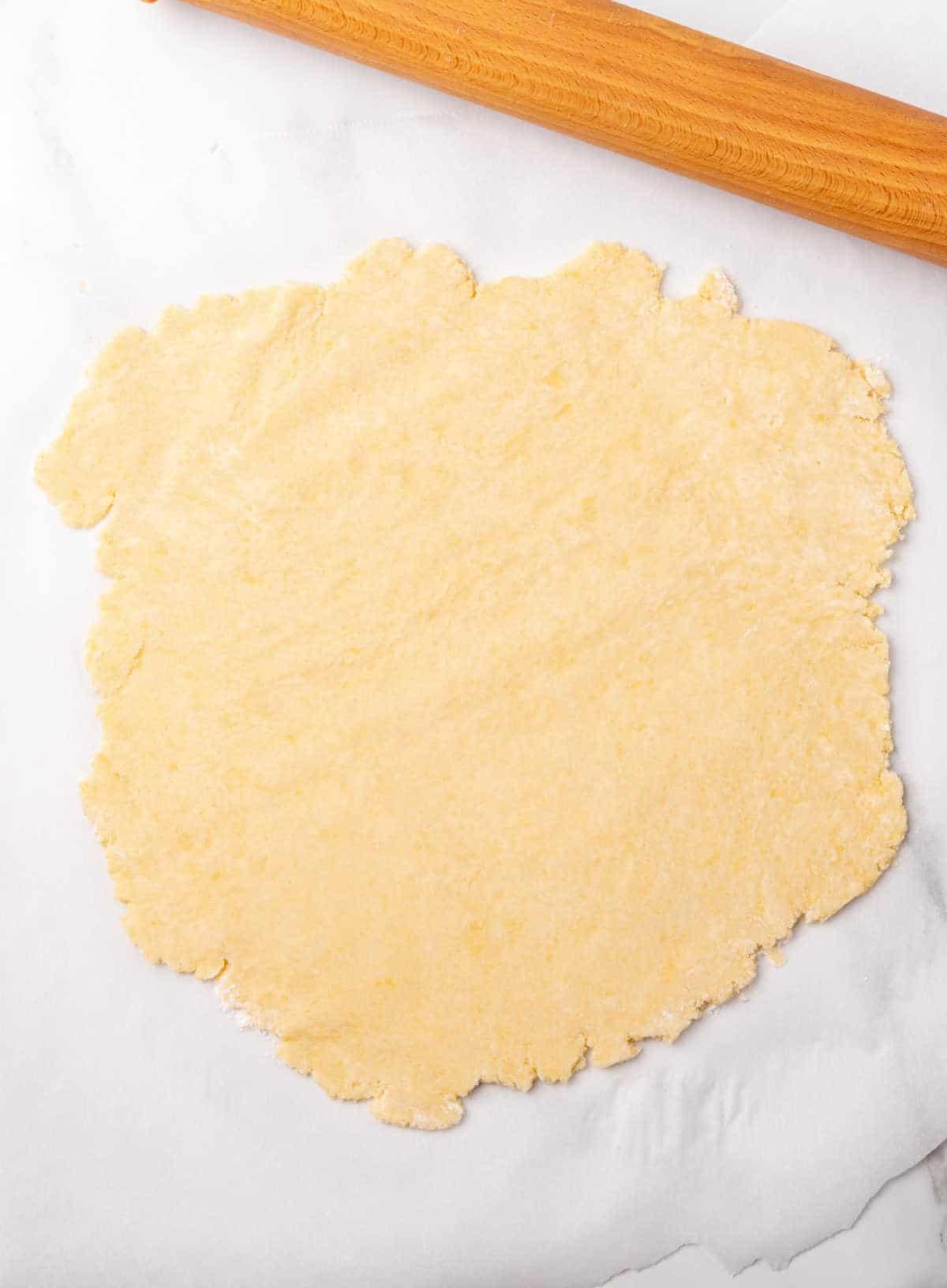
Storage
- Refrigerating: after you make the dough ball, wrap it well and keep it in the fridge for up to a week. Make sure no part of the dough is left unwrapped, as it will dry out. I wrap it in double plastic or freezer paper and then in a Ziploc bag.
- Freezing: follow the same wrapping procedure as for the refrigerator. Label and date it. It can be frozen for about two months.
If you like homemade pie crusts, check our Basic Recipes category. There are posts with detailed instructions, videos, and photos.
Other recipes using pasta frolla:
Before you go
If you made this recipe and loved it, you can comment below and leave a five-star ⭐️ review. Also, if you had issues, let me know so we can troubleshoot together.
You can also subscribe to our FREE email series 'Baking the Best' and our regular newsletter. Or follow and save my recipes on Pinterest.
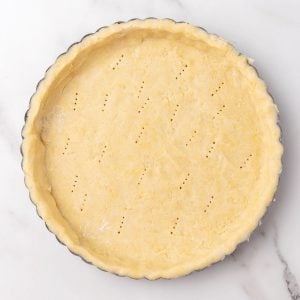
Italian Pasta Frolla (pie crust for crostata and galette)
Ingredients
For the dough:
- 2 ¼ cups all-purpose flour
- ½ teaspoon baking powder
- ½ cup sugar
- pinch of salt
- ¾ cup unsalted butter, cold and in pieces
- 1 egg
- 1 egg yolk
Instructions
For the dough:
- If using a food processor, pulse a few times to mix 2 ¼ cups all-purpose flour, ½ teaspoon baking powder, ½ cup sugar and a pinch of salt. Scatter ¾ cup unsalted butter, cold and in small pieces on top, and mix until you have butter the size of peas.
- If making it by hand, stir to mix 2 ¼ cups all-purpose flour, ½ teaspoon baking powder, ½ cup sugar and pinch of salt in a large bowl. Scatter ¾ cup unsalted butter, cold and in small pieces on top and mix until you have butter the size of peas.
- For both methods, add 1 egg and 1 egg yolk and process using quick on/off pulses, or stir with a fork, until it all starts to come together. If processing it, don’t let it form a ball. If you take a little and squeeze it with your hand or pinch it with your fingers, it should come together.
- Turn it onto the counter and gather it together several times, pressing it to form a rather smooth dough ball. Don't overwork it, or the crust will be tough when you bake it. The butter must remain cold. I put it inside a plastic bag and aid myself with the bag while pressing my knuckles until it comes together. That way, I don’t touch the dough unnecessarily.
- Press the dough into a flat disk. Cover with plastic wrap and refrigerate for 1 hour and up to 3 days.



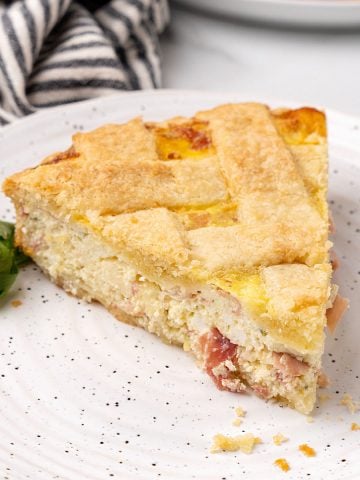
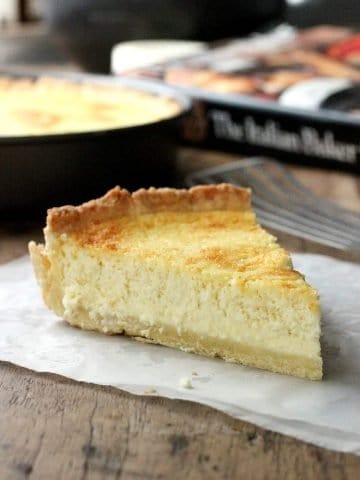
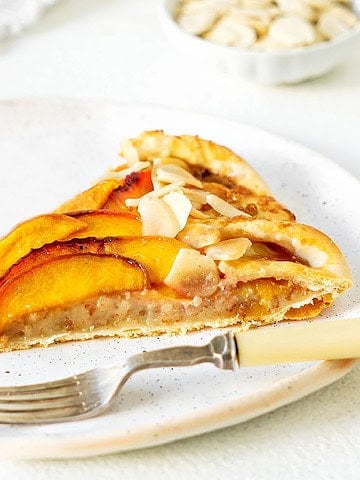
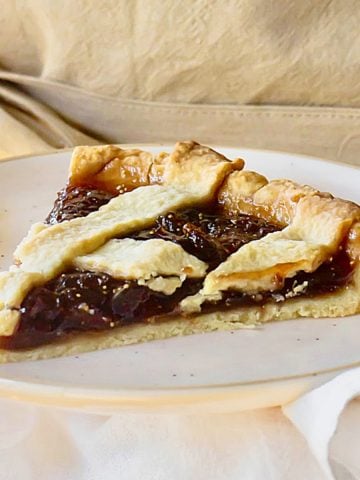
patricia says
Thanks for sharing. I'm inclined to use shortening instead of butter. Your thoughts? Thanks, Pat
Paula Montenegro says
Hi Patricia, I like butter, but there are several pie doughs made with shortening. And the substitution is 1:1, same amount.
Lauren says
Hi Paula,
I am making a pastia with this dough. Should Ibake before addng the filling?
Thanks for the recipe!
Paula Montenegro says
Hi Lauren! You might want to prebake (blind bake) the dough first so the filling doesn't moisten it before baking.
Hilary says
Hi Paula when you jump to the recipe you don't' have baking powder down so i didn't put it in ! I hope it will be ok.
Paula Montenegro says
Hi Hilary! Yes, it will still be a great sweet dough. I corrected it in the recipe card. Thanks for the heads up! Even though I check the recipe several times and sometimes have others do so too, a typo or a missing ingredient once in a while happens. Have a great weekend.